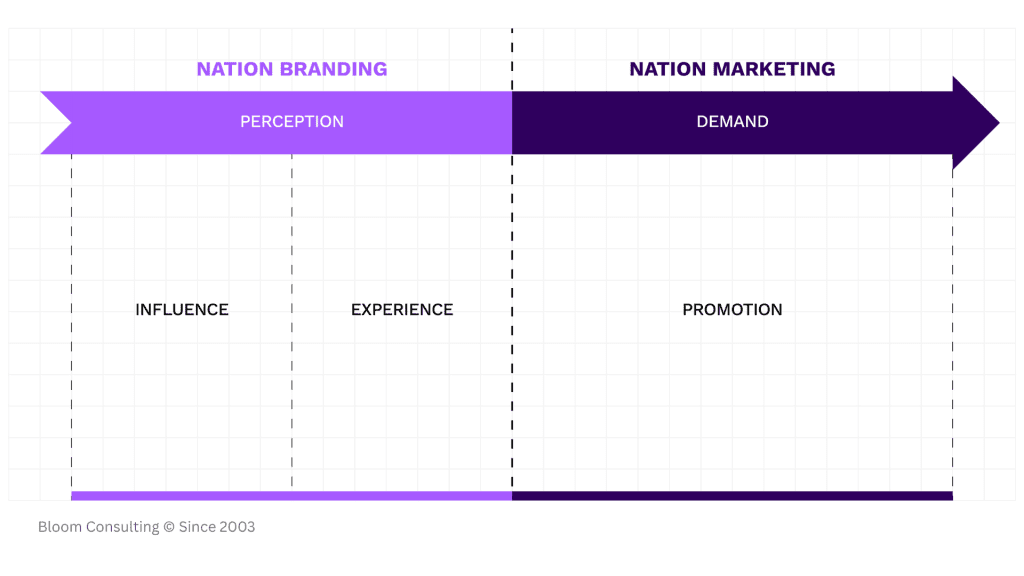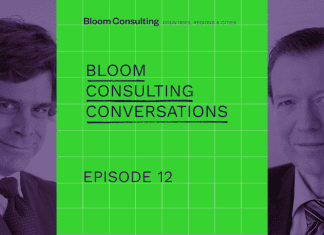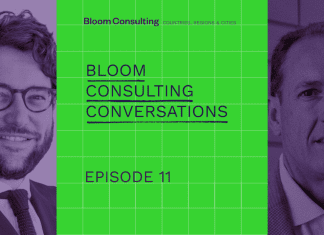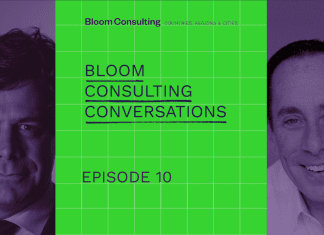In the rush to attract tourists, investors, and international media attention, many Nation Brand projects leap straight into flashy campaigns and advertising. But without a clear, cohesive brand strategy behind these efforts, the results often fall short, or worse, backfire. What’s missing? Strategy.
It’s tempting to believe that a tactical marketing push will fix perception issues or raise visibility overnight. But the truth is, without a defined Nation Brand, grounded in strategy and aligned with reality, marketing becomes a short-term fix that fails to build lasting value.
Let’s dive a bit deeper into the critical difference between Strategic Branding and Tactical Marketing.
Nation Branding versus Nation Marketing
At Bloom Consulting, we frame Nation Branding and Nation Marketing as an interrelated tandem. Both are vital, but they are not interchangeable. The timing and sequence of their application are critical, as discussed in our article on the difference between Nation Branding and Marketing.

Building upon the distinction between place marketing and place branding suggested by Boisen (2015), we suggest adopting the following definition of these two interrelated concepts:
- Strategic Branding is about long-term perception management, grounded in values, culture, policy, and lived reality. Perceptions are built either through changing experiences – for example, improving the quality of life in places like safe environments or better employment opportunities, or through influence, by improving the narratives around your country. However, influence should be backed up by real experiences, meaning that if you try to build a perception, for instance, as a sustainable energy innovator, you need to make sure the substantial policies are being implemented in terms of environmental impact to avoid greenwashing image.
- Tactical Marketing is about promotion. It amplifies messages, drives attention, and generates demand. Common tactics include content creation, sponsorships, search engine optimization, and advertising. It can inv olve a series of short-term campaigns, each focused on a specific asset or feature of the nation.
Why strategy comes first
Strategic Branding is the foundation. It’s what gives marketing meaning.
Without a clear strategy, rooted in a Central Idea, marketing risks sending mixed signals or even contradicting the nation’s reality. A tourism campaign showcasing sustainability won’t resonate if the country is known for poor environmental performance. A talent attraction campaign won’t work if perceptions of safety or opportunity are negative. Strategy ensures that all actions, narratives, and messages stem from Central Idea.
Countries that skip this step often find themselves revising slogans, rebranding visuals, or defending campaigns that lack relevance or traction. In contrast, those with a solid strategy can use marketing to reinforce and expand their narrative in ways that feel genuine and compelling.
Where tactical marketing delivers value
Once a Nation Brand is established, tactical marketing becomes a powerful tool to drive results.
This is especially true when targeted campaigns are needed to support specific sectors – like boosting tourism in the off-season, attracting talent with specific qualifications, or promoting new FDI benefits. Marketing helps translate strategic intentions into tangible outputs: videos, social media, PR stories, events, and more.
It also allows countries to respond quickly to global shifts. After a crisis, for example, a marketing push can help restore confidence and visibility, but only if it’s grounded in the brand’s Central Idea and aligned with long-term reputation building.
The key is alignment. Tactical marketing should never operate in isolation. It should always serve the strategic purpose, whether reinforcing a specific brand dimension, addressing a perception gap, or launching a new initiative.
Brand maturity and timing: when to use what
So, when should a Nation Brand focus on Strategic Branding, and when should it activate Tactical Marketing?
The answer lies in understanding where the Nation Brand stands today. Brand maturity matters.
- For emerging Nation Brands, countries that experience awareness challenges, or those with established perceptions limited to only a few of the 13 Perception Elements from Bloom Consulting’s Taxonomy Model, such as tourism-dependent brands known primarily for natural assets, Strategic Branding must always come first. These countries need to align stakeholders, define their Central Idea, and invest in building an identity before launching campaigns.
- For mature Nation Brands that are already recognized but face challenges in relevance or evolution, Tactical Marketing can help fill specific gaps. For example, a country known for its innovation scene might want to highlight its startup opportunities.
Using Bloom Consulting’s research on 13 Perception Elements, countries can assess their image across areas such as cultural influence, safety, governance, or sustainability. This allows for strategic planning that is both data-informed and context-sensitive.
There’s no shortcut in Nation Branding. Strategy and marketing are not rivals, they are partners in a process. But the order in which they’re applied makes all the difference. Strategy gives direction; marketing gives momentum. One without the other is incomplete. But when both are timed correctly and aligned to a Central Idea, Nation Brands can transform how the world experiences and engages with them.
Published on 01.10.2025.
For citation purposes: Bloom Consulting (2025): Strategic Branding vs. Tactical Marketing – why timing matters for countries. Bloom Consulting Journal, 1 October. Available at: https://www.bloom-consulting.com/journal/strategic-branding-vs-tactical-marketing/








